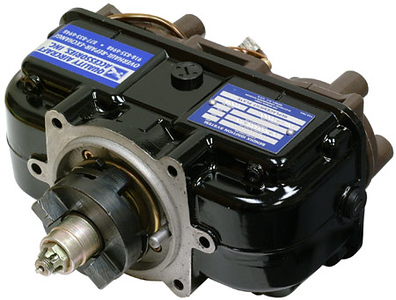david0tey
Line Up and Wait
Aircraft is a 1977 172N with the H2AD engine that is past TBO.
During the runup about a week ago, I get a very rough running left mag with about a 250 RPM drop. Conveniently, I had already decided not to fly due to runway conditions but I wanted to run the engine anyway because it had been sitting for longer than usual. Because of this, I assume its a fouled plug and don't spend too much time trying to burn it off.
Fast forward a few days to when I am actually planning on flying. I get the same outcome after my initial runup. I run it at peak EGT and 2000 RPM for close to 3 minutes and try again, same thing. I continued running it hot for an additional minute and it clears up. So I did a couple laps around the pattern and went back to check the mags a third time. Now, its the right mag .
.
We have had this particular airplane for about 6 months and I have put roughly 40 hours on it since that time. Never have I had any issues with fouled plugs. It just seems odd that it would seem to be persistent all of the sudden. I had a mechanic sit in with me today and couldn't recreate the problem.
Any ideas?
During the runup about a week ago, I get a very rough running left mag with about a 250 RPM drop. Conveniently, I had already decided not to fly due to runway conditions but I wanted to run the engine anyway because it had been sitting for longer than usual. Because of this, I assume its a fouled plug and don't spend too much time trying to burn it off.
Fast forward a few days to when I am actually planning on flying. I get the same outcome after my initial runup. I run it at peak EGT and 2000 RPM for close to 3 minutes and try again, same thing. I continued running it hot for an additional minute and it clears up. So I did a couple laps around the pattern and went back to check the mags a third time. Now, its the right mag
 .
.We have had this particular airplane for about 6 months and I have put roughly 40 hours on it since that time. Never have I had any issues with fouled plugs. It just seems odd that it would seem to be persistent all of the sudden. I had a mechanic sit in with me today and couldn't recreate the problem.
Any ideas?







